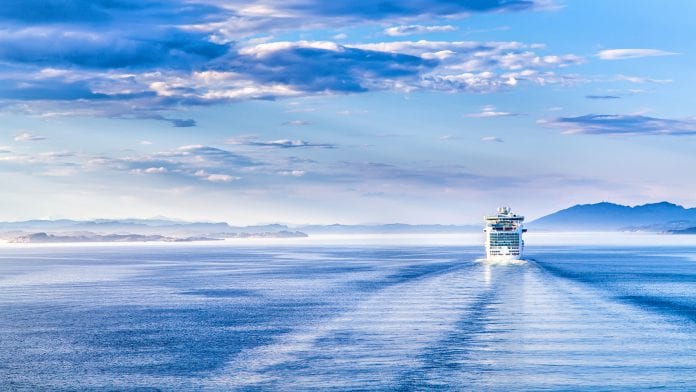One of the safer bets we can make is that Ireland will still be an island in 20 years. Accordingly, it makes sense that when we consider how we might capitalise on our island status, we look to the ocean. So having discussed hubs for flying things and building things, we should probably also discuss marine technology. This hits some significant macro opportunities, particularly transport and energy. Sea farming can also potentially come into play, but not how one might think. Crunchbase estimates that there are only 328 marine technology companies globally, so this comes across as an under-serviced industry…
Cancel at any time. Are you already a member? Log in here.
Want to read the full story?
Unlock this article – and everything else on The Currency – with an annual membership and receive a free Samsonite Upscape suitcase, retailing at €235, delivered to your door.

